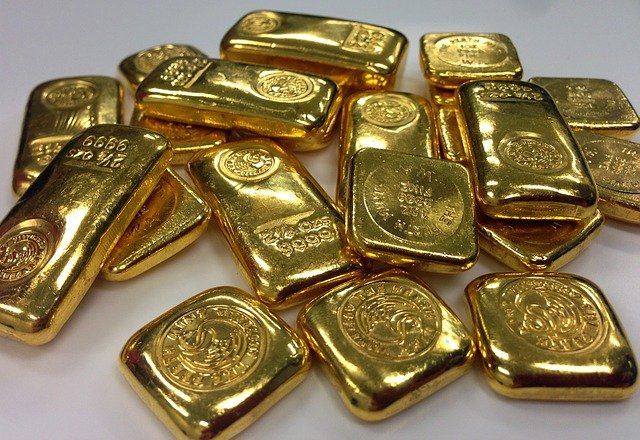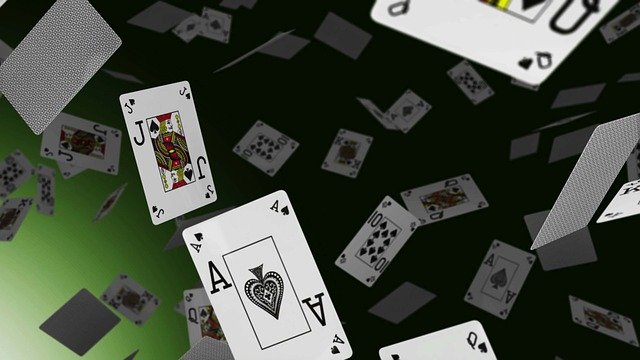
Interestingly, gold artefacts from across the world have been discovered by not only archaeologists, but very normal people too. We’re not just talking gold bars that you can invest in at a gold bullion broker, we are talking about historical artefacts dating back thousands of years. If you enjoy history, read on, and enjoy as we take you down a historical journey.
King Tut’s Gold Coffin
It took two years for British archaeologist Howard Carter, alongside his team of work men from the point of discovery of the tomb of Pharaoh Tutankhamen to uncover the stone sarcophagus which contained a solid gold coffin and the mummified body of King Tut. The body had been preserved for over 3,000 inside a solid gold coffin. Alongside the gold coffin, Carter carefully explored the entire tomb containing four rooms, uncovering a multitude of exquisite architectural finds. The inner gold coffin is now housed in the Egyptian museum in Tahrir.
The First Olympic Gold Medal
The first Olympic Gold Medal was awarded to Olympic Champions during the 1904 Olympic Games in St. Louis, USA. Gold was always considered too expensive to award before this, so the winner would receive a silver medal and the runner up would receive bronze. Before this time there was no medal for those who placed third. The 1912 games saw the last of the solid gold medals made in the Stockholm Games. Since then, the medals are silver, coated in 6 grams of gold with a total weight of around 556 grams.
The Hoxne Hoard
In 1992 a British farmer called Peter Whatling lost his hammer on his farm. He approached his friend who was a metal detectorist to help him find the lost hammer. They certainly got more than they bargained for with this one when he discovered 14,865 gold, silver, and bronze coins dating back to the late Roman Empire. The entire find is valued at around $4.3 million. All findings now reside at the British museum.
The Ship of Gold
The Ship of Gold, otherwise known as SS Central America, was carrying around 13,600kg of gold when it sunk back in 1857. The shipwreck was found in 1988. With only 5% of the entire ruins accessible to excavate, Odyssey Marine Exploration Inc began to investigate the wreckage. 15,500 gold and silver coins alongside 45 gold bars were recovered from the shipwreck putting the entire value of the find at an estimated $100-$150 million.
Staffordshire Hoard
The Staffordshire Hoard is treasure found by a farmer named Terry Herbert. Using a metal detector, Terry came across a total of 3,500 cloisonne garnets, 1.442 kilos of silver, and 5.094 kilos of gold, taking him five days to dig. He was rewarded for his findings with £3.285 million split between himself and the landowner, making this hoard the largest of Anglo-Saxon gold ever found.





